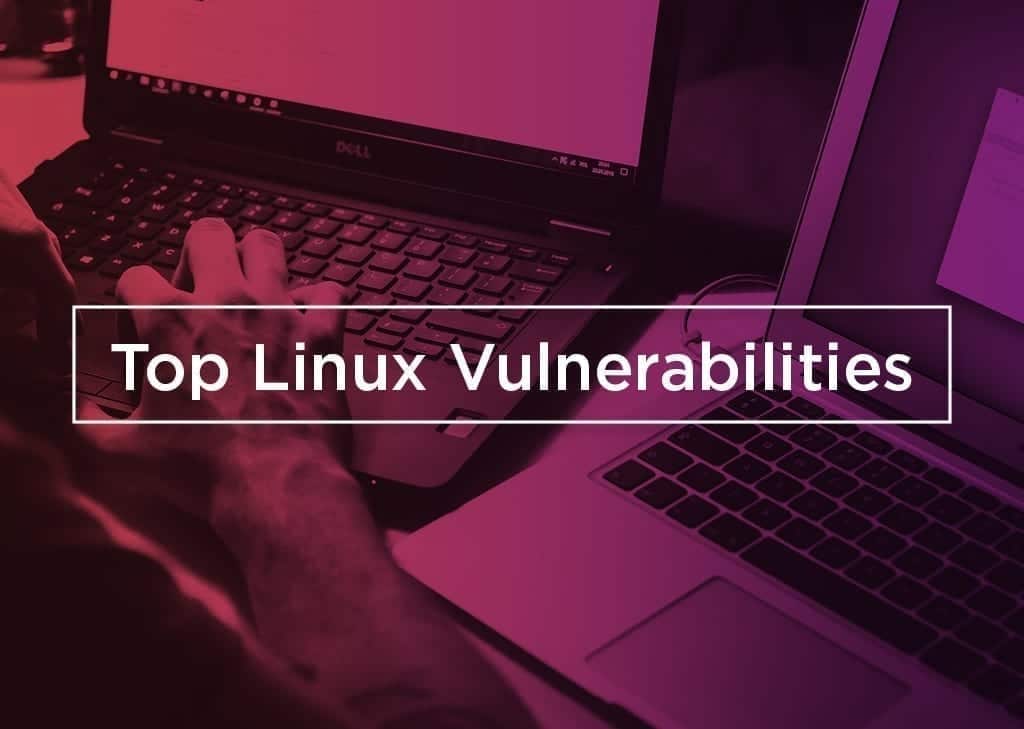
Top Linux Vulnerabilities for April 2022
1. CVE-2022-0435
Severity: Critical | CVSS Score: 9.0
A stack overflow flaw was found in the Linux kernel’s TIPC protocol functionality in the way a user sends a packet with malicious content where the number of domain member nodes is higher than the 64 allowed. This flaw allows a remote user to crash the system or possibly escalate their privileges if they have access to the TIPC network.
The highest threat from this vulnerability is to confidentiality, integrity, and to system availability.
Syxscore Risk Alert
This vulnerability has a critical risk as this flaw can be exposed over any network, with low attack complexity, and with low privilege requirements.
2. CVE-2022-0492
Severity: Important | CVSS Score: 7.8
A vulnerability was found in the Linux kernel’s cgroup_release_agent_write in the kernel/cgroup/cgroup-v1.c function. This flaw, under certain circumstances, allows the use of the cgroups v1 release_agent feature to escalate privileges and bypass the namespace isolation unexpectedly.
The highest threat from this vulnerability is to confidentiality, integrity, and to system availability.
Syxscore Risk Alert
This vulnerability has a high risk risk as this flaw can be exposed with low attack complexity and low privileges. It does require local network access to exploit, which lowers the overall associated risk.
3. CVE-2022-28893
Severity: Important | VSS Score: 7.2
The SUNRPC subsystem in the Linux kernel through 5.17.2 can call xs_xprt_free before ensuring that sockets are in the intended state.
The highest threat from this vulnerability is to confidentiality, Integrity, and to system availability.
Syxscore Risk Alert
This vulnerability has a high risk as this flaw can be exploited with low attack complexity, with low privileges, no user interaction, but does require local network access.
4. CVE-2022-0998
Severity: Important | CVSS Score: 7.2
An integer overflow flaw was found in the Linux kernel’s virtio device driver code in the way a user triggers the vhost_vdpa_config_validate function. This flaw allows a local user to crash or potentially escalate their privileges on the system.
The highest threat from this vulnerability is to confidentiality, Integrity, and to system availability.
Syxscore Risk Alert
This vulnerability has a high risk as this flaw can be exploited with low attack complexity, low privileges, no user interaction, but does require local network access.
5. CVE-2022-0995
Severity: Important | CVSS Score: 6.6
An out-of-bounds (OOB) memory write flaw was found in the Linux kernel’s watch_queue event notification subsystem. This flaw can overwrite parts of the kernel state, potentially allowing a local user to gain privileged access or cause a denial of service on the system.
The highest threat from this vulnerability is to confidentiality and to system availability.
Syxscore Risk Alert
This vulnerability has a high risk as this flaw can be exploited with low attack complexity, low privileges, no user interaction, but does require local network access.







